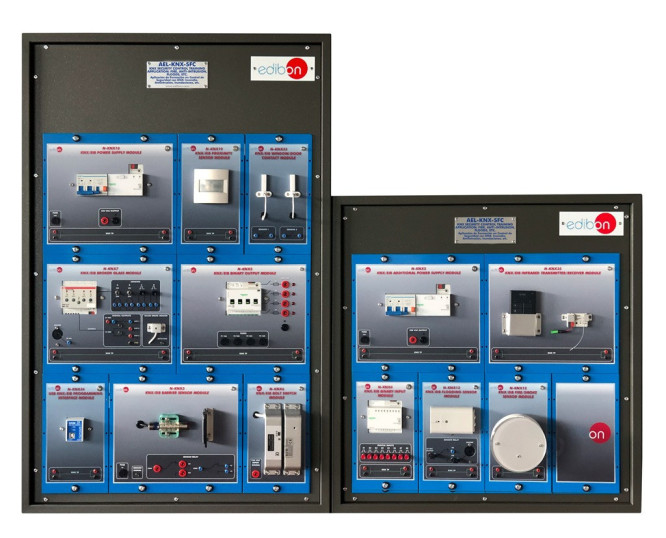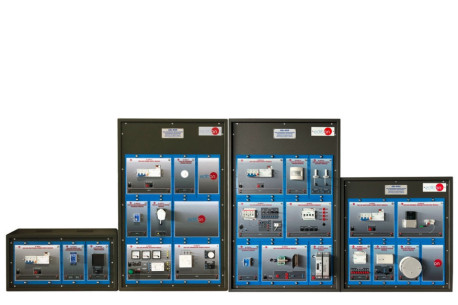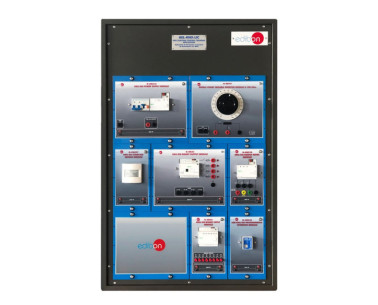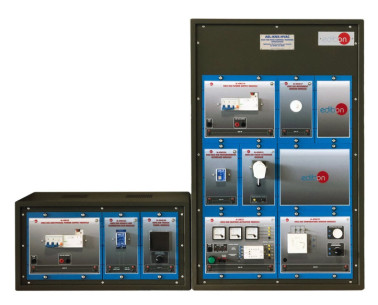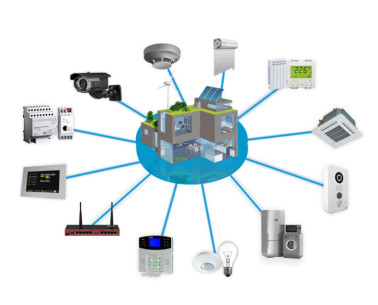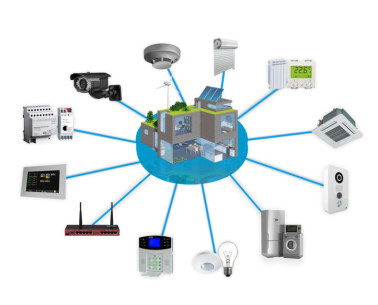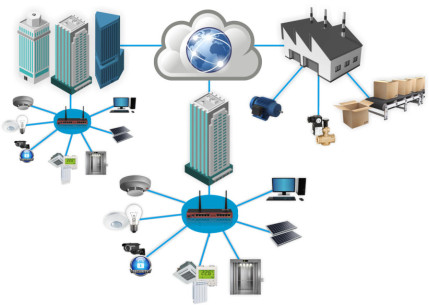Aujourd'hui, nous souhaitons partager avec vous une mise à jour passionnante concernant la dernière installation que nous avons réalisée au Centre de Formation Professionnelle Avancée en Énergies Renouvelables de Yopougon (METFPA) en Côte d'Ivoire. Cette installation représente une étape...
Chez EDIBON, nous sommes engagés à renforcer les compétences comme pilier stratégique pour la compétitivité et le bien-être social de l'Union européenne. Une formation adéquate renforce non seulement l'économie, mais permet également aux individus de participer pleinement à la société et à la...
L'électricité est une forme d'énergie résultant du mouvement des électrons à travers un conducteur. Ce phénomène physique est essentiel au fonctionnement d'une grande variété de dispositifs et de systèmes que nous utilisons quotidiennement, des appareils électroménagers aux systèmes industriels...
Today we are at the beginning of a new era, named ‘Industrie 4.0’. Let´s explain a little further the concept "Industrie 4.0"!
 Préférences sur les cookies
Préférences sur les cookies

